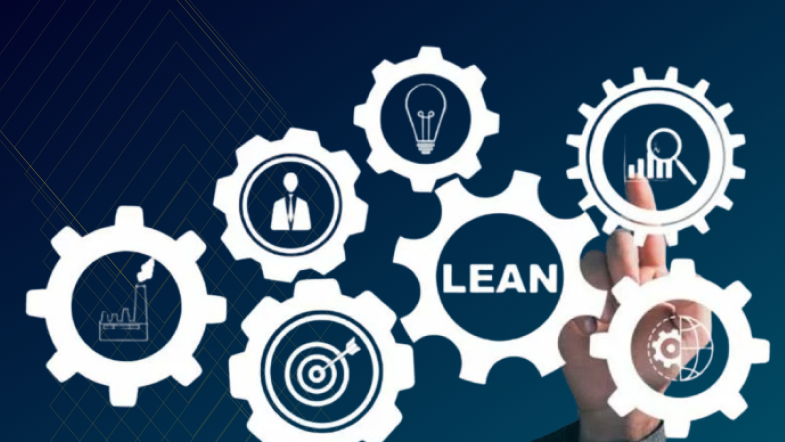Unlocking Success: Understanding Growth Systems and Its Essential Components
In the dynamic landscape of business, the concept of growth is not just a goal but a continuous process. To navigate this journey effectively, many organizations turn to growth systems. These systems are comprehensive frameworks designed to drive sustainable development and success. Let’s delve into the intricacies of growth systems and explore their key components.
1. Vision and Strategy
At the core of any growth system lies a clear vision and a well-defined strategy. A compelling vision serves as the North Star, guiding the organization’s efforts. Coupled with a strategic plan, it becomes a roadmap, outlining the steps needed to achieve growth. This component involves setting specific, measurable, achievable, relevant, and time-bound (SMART) goals.
2. Customer-Centric Approach
Understanding and meeting customer needs are paramount for sustainable growth. A growth system incorporates a customer-centric approach, involving in-depth market research, customer feedback loops, and personalized experiences. By aligning products or services with customer expectations, businesses can foster loyalty and advocacy.
3. Data-Driven Decision Making
In the digital age, data is a goldmine. Growth systems leverage data analytics to make informed decisions. Metrics and key performance indicators (KPIs) help organizations track progress, identify areas for improvement, and adapt strategies accordingly. A data-driven approach ensures that growth initiatives are grounded in real insights.
4. Innovation and Adaptability
Successful growth systems embrace innovation and adaptability. This involves staying ahead of industry trends, exploring new technologies, and fostering a culture that encourages creativity. The ability to adapt to changing circumstances is crucial for overcoming challenges and seizing opportunities in a competitive market.
5. Marketing and Branding
A robust marketing and branding strategy is a linchpin of growth. This component involves creating a strong brand identity, reaching the target audience through various channels, and effectively communicating the value proposition. Consistent and compelling messaging enhances brand visibility and attracts new customers.
6. Team Collaboration and Development
No growth system operates in isolation. Collaboration among team members is vital for executing strategies seamlessly. Additionally, investing in team development ensures that employees have the skills and knowledge needed to contribute to the organization’s growth. A motivated and skilled workforce is a powerful asset.
7. Scalable Systems and Infrastructure
As businesses grow, their systems and infrastructure must be scalable. This component involves ensuring that technological and operational systems can handle increased demand. Scalability allows organizations to expand without compromising efficiency or customer experience.
8. Risk Management
Growth is inherently accompanied by risks. A robust growth system includes risk management strategies to anticipate and mitigate potential challenges. This may involve scenario planning, contingency measures, and a proactive approach to addressing uncertainties.
In conclusion, a well-designed growth system is a multifaceted approach that combines vision, customer focus, data insights, innovation, marketing, teamwork, scalability, and risk management. By integrating these components cohesively, organizations can not only achieve growth but also sustain it in the ever-evolving business landscape. Embrace the power of a comprehensive growth system to propel your business towards enduring success.


